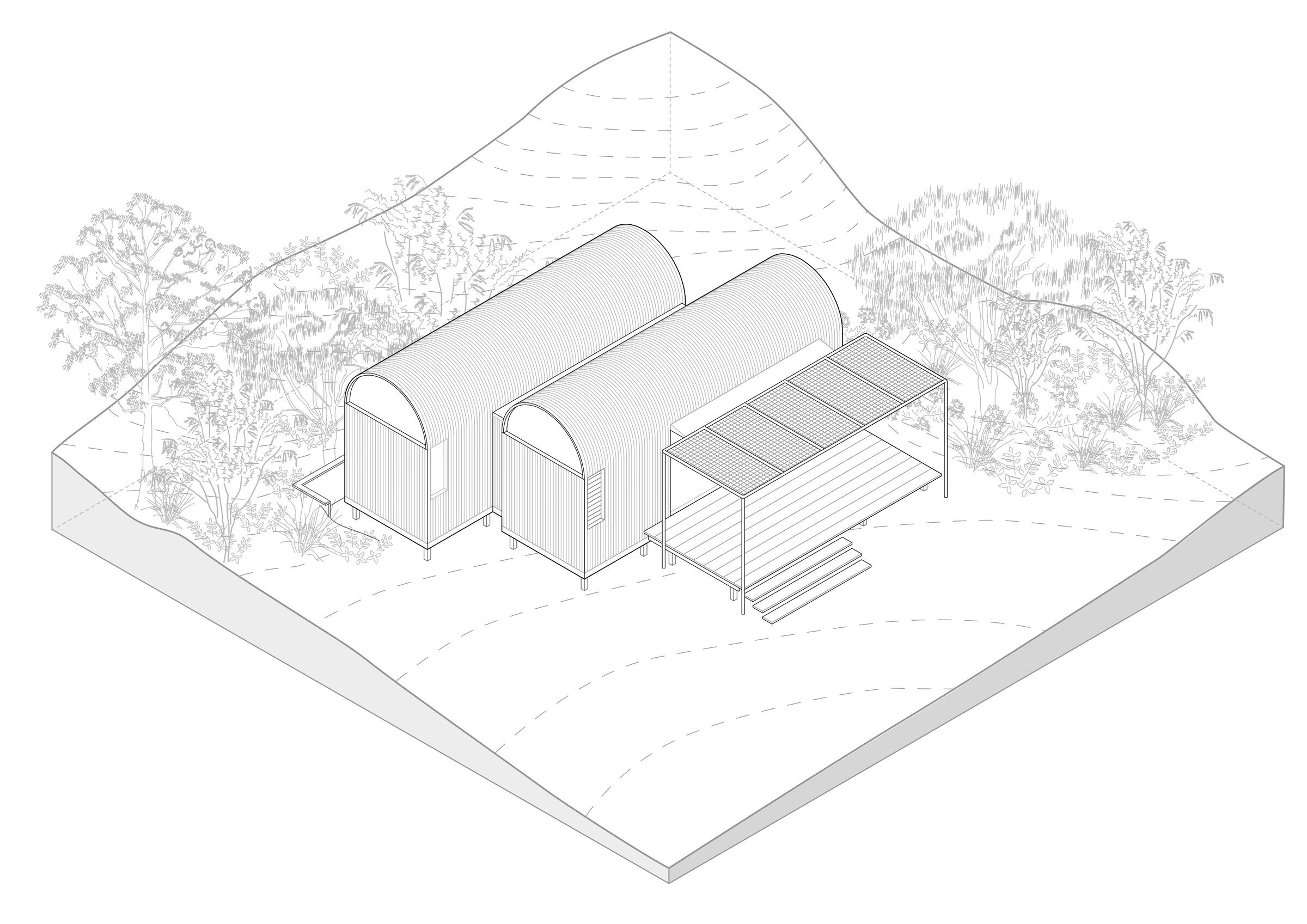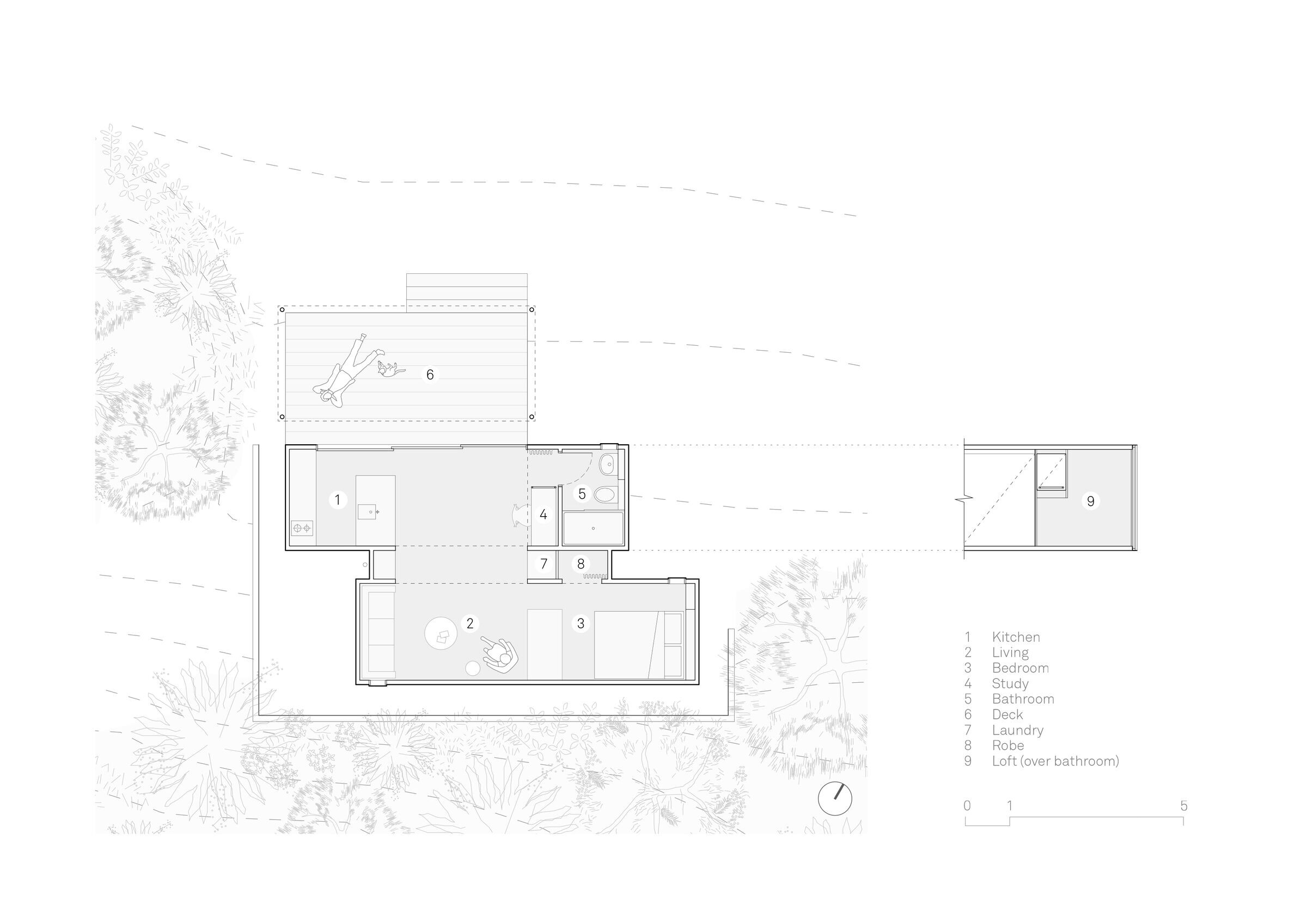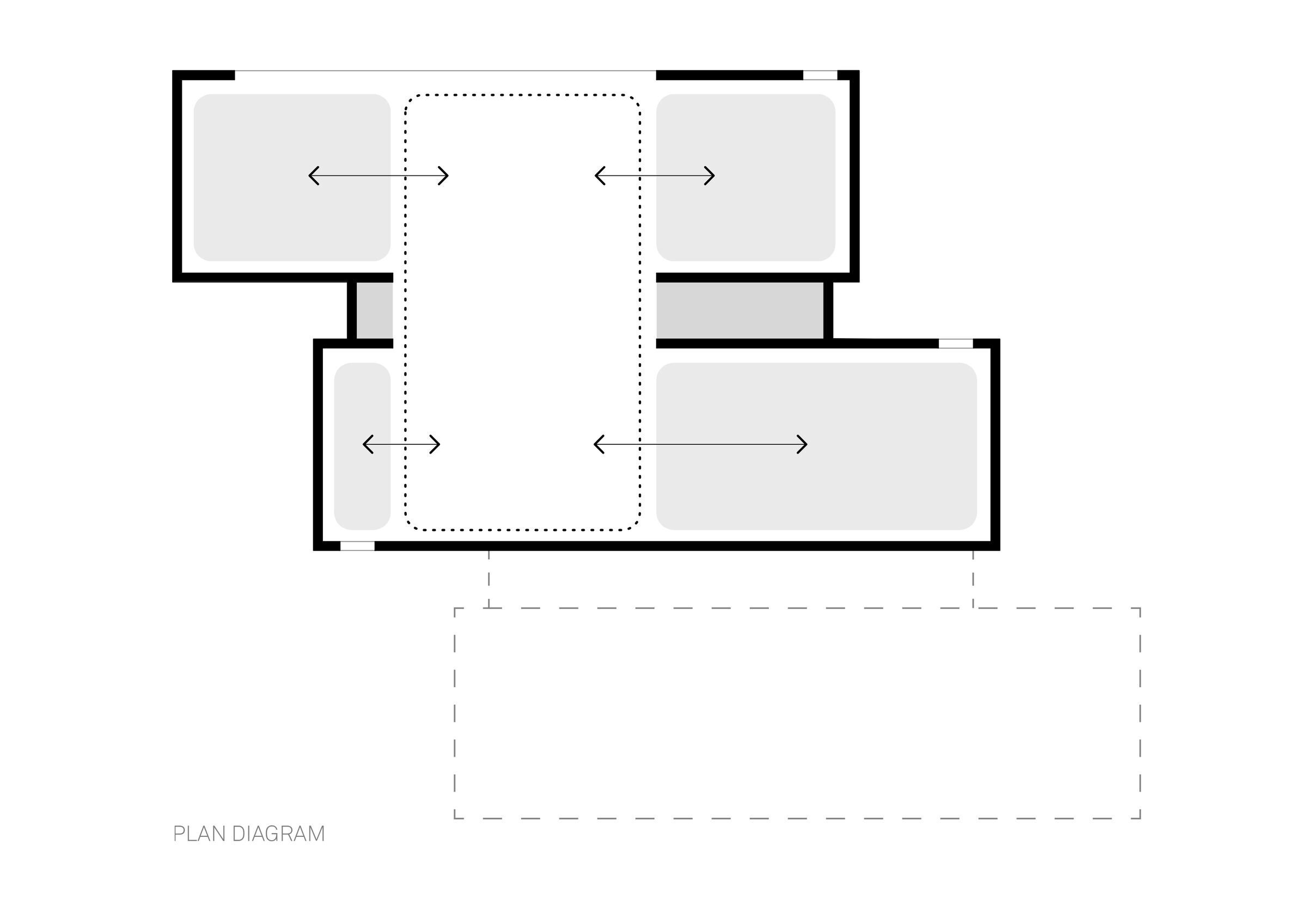The Studio House is a compact single bedroom home located in Nelson, New Zealand, and is an exploration of living small, affordably and sustainably.
The project was borne out of a desire by architect William Samuels and his partner, Hannah D’Arcy, to own their first home.
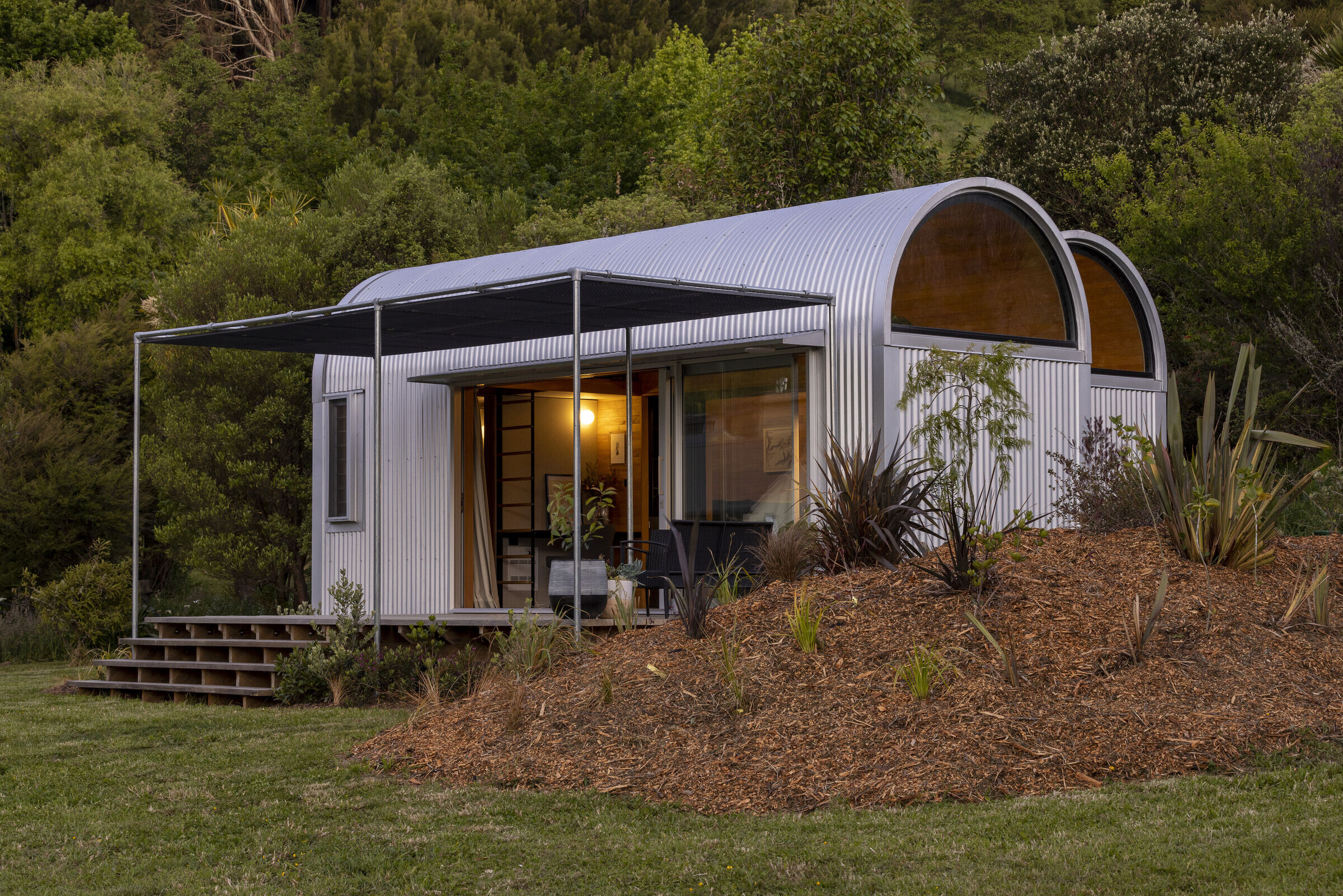
Faced with the challenge of purchasing a house within an unaffordable and overinflated market, we instead looked at alternative paths to home ownership and chose to build a house on leased land using a ‘shared equity’ ownership model. This presented the opportunity to directly tackle a number of key ideas, including; housing affordability, sustainable design, the livability of smaller spaces, adaptable architecture and the nature of home.
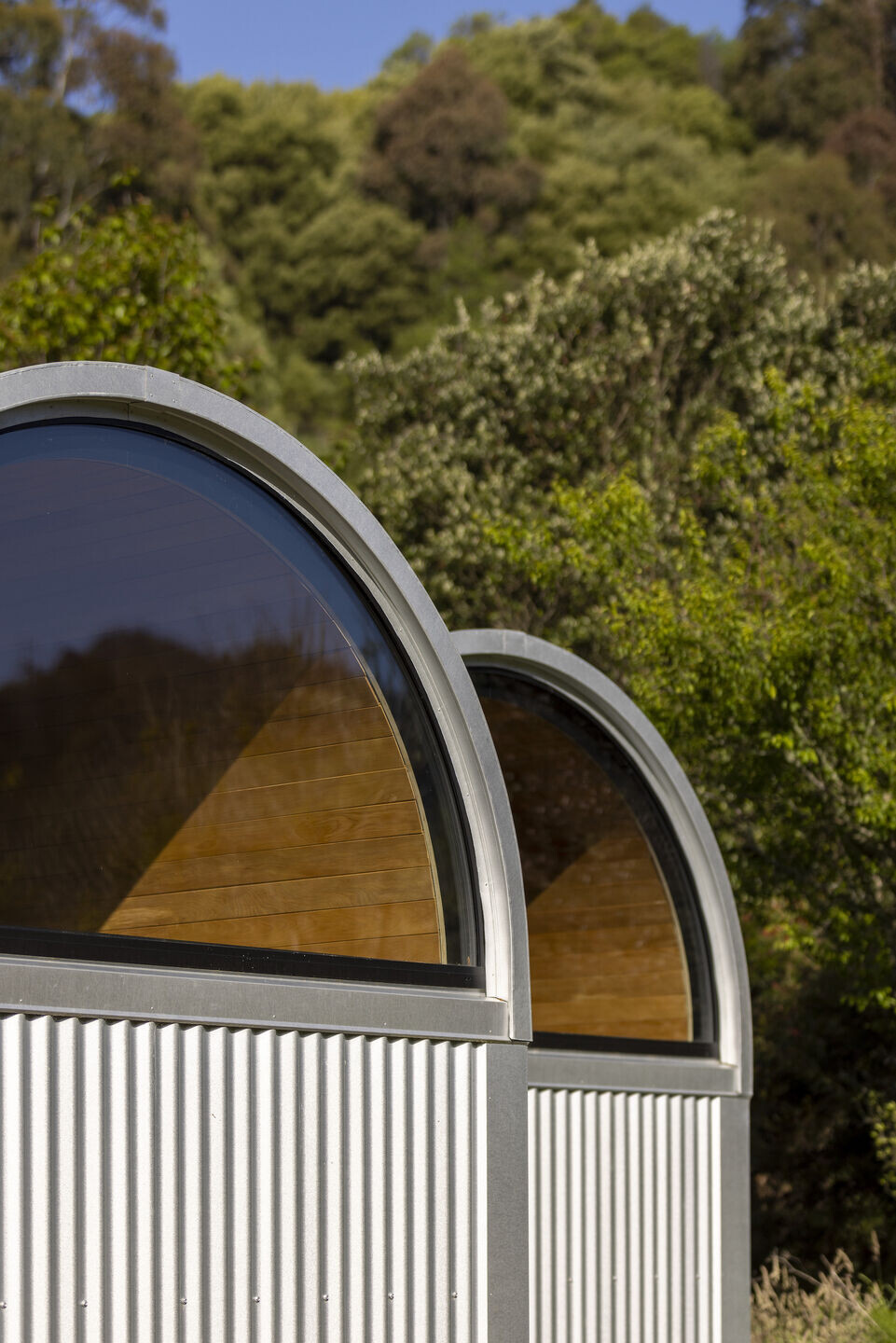
New Zealand has some of the least affordable houses in the world, with the Nelson-Tasman region being the second least affordable region in the country. Much of the reason for this is due to overinflated land value, rather than the worth of the house built upon it.
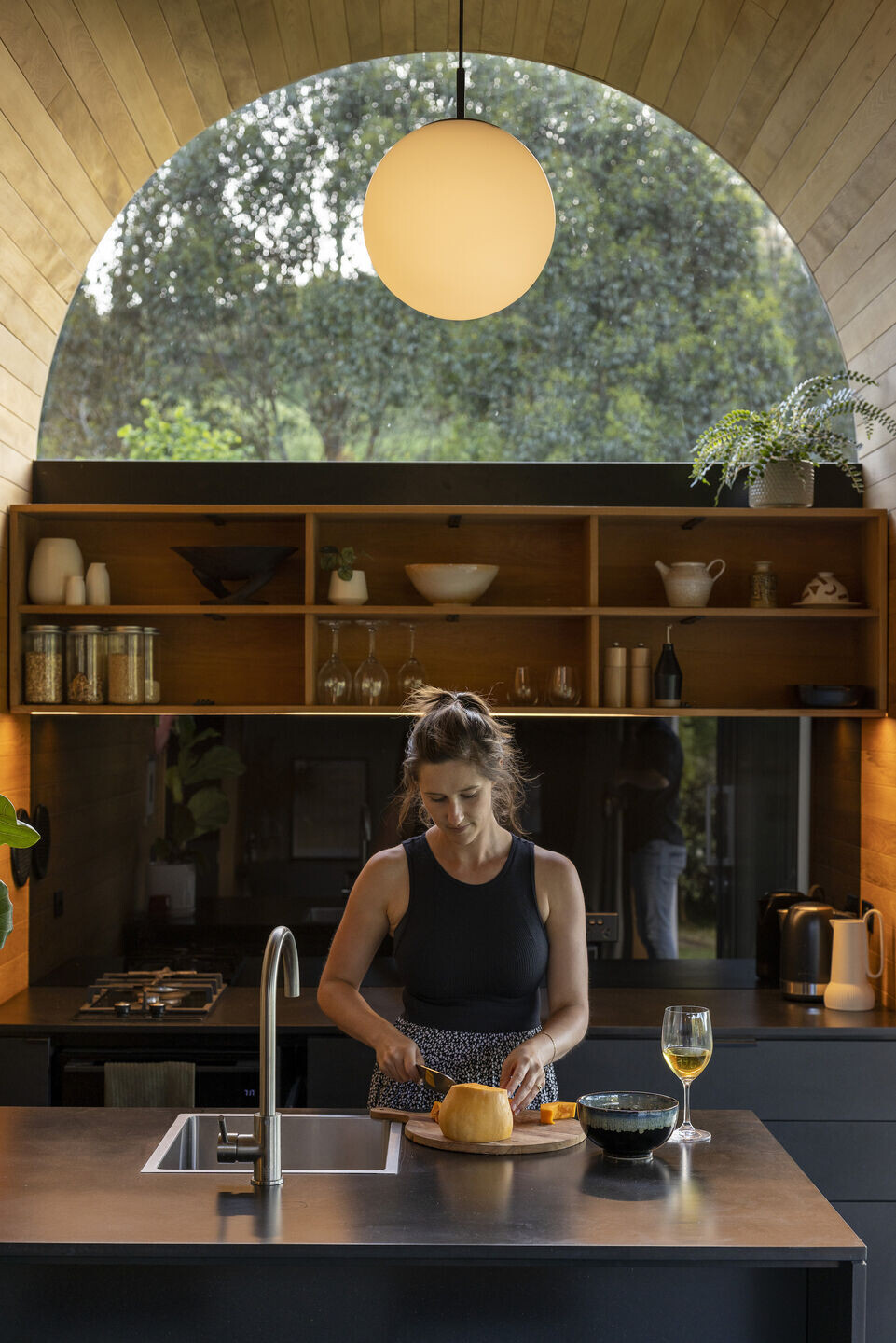
To address this, we looked at how to detach the house value from the land value. The Studio House is built upon leasehold land with a long term agreement with the landowner to ensure security of tenure, thereby eliminating the upfront costs associated with purchasing a section. All available capital is invested in the construction of the house, rather than being sunk into the property. Reducing these upfront costs provided us with the financial flexibility needed to focus our attention on the spatial qualities and liveability of the home.
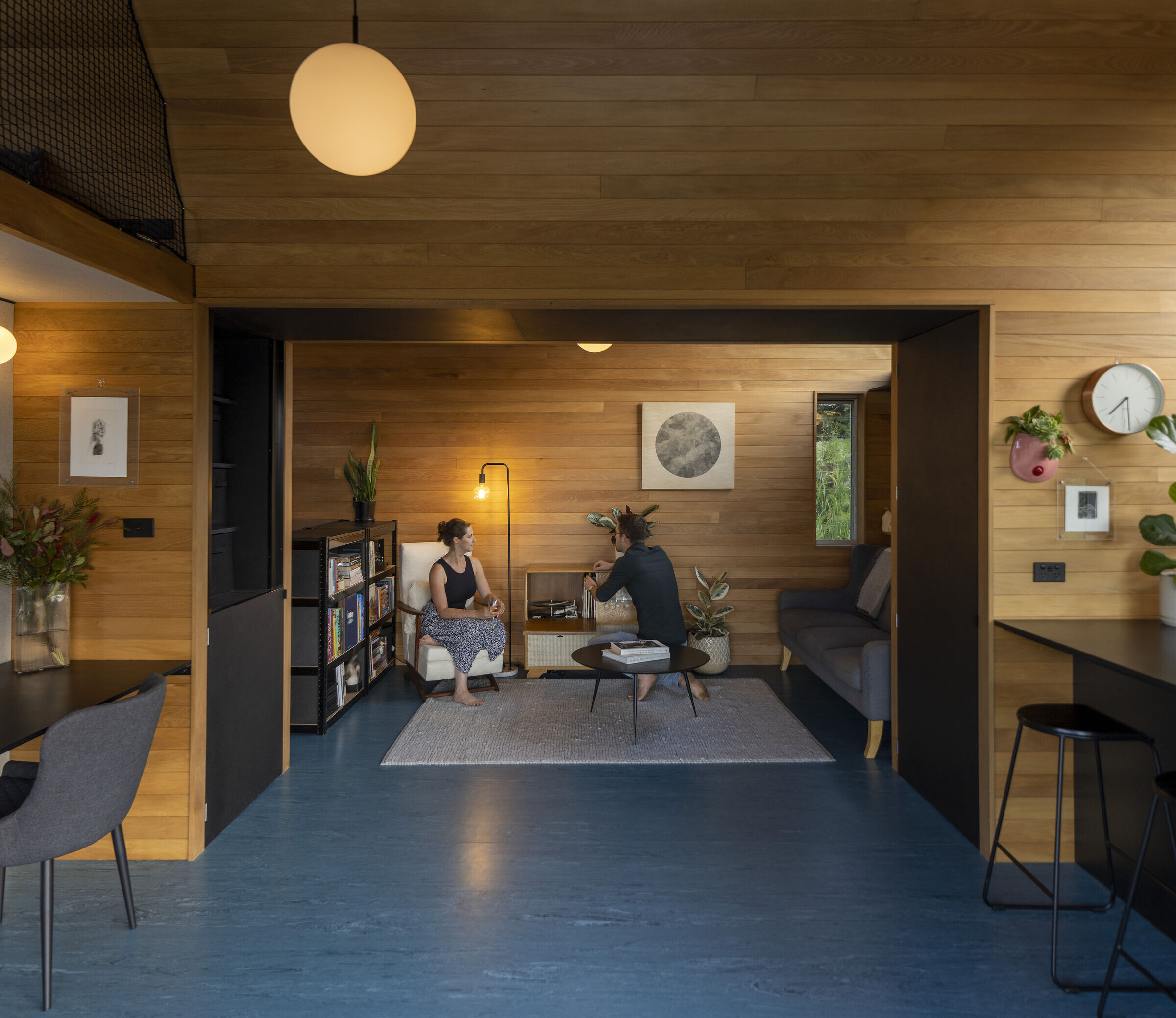
To build upon leasehold land the house needed to be relocatable, allowing it to be easily moved on completion of the lease or if we find ourselves in a position to purchase land elsewhere in the future. This informed the physical constraints of the house, which needed to be small enough to be readily transportable on local roads. We developed a series of interconnected modules which can be removed from their foundations and individually relocated, each of which are within the maximum dimensions of a trailer.
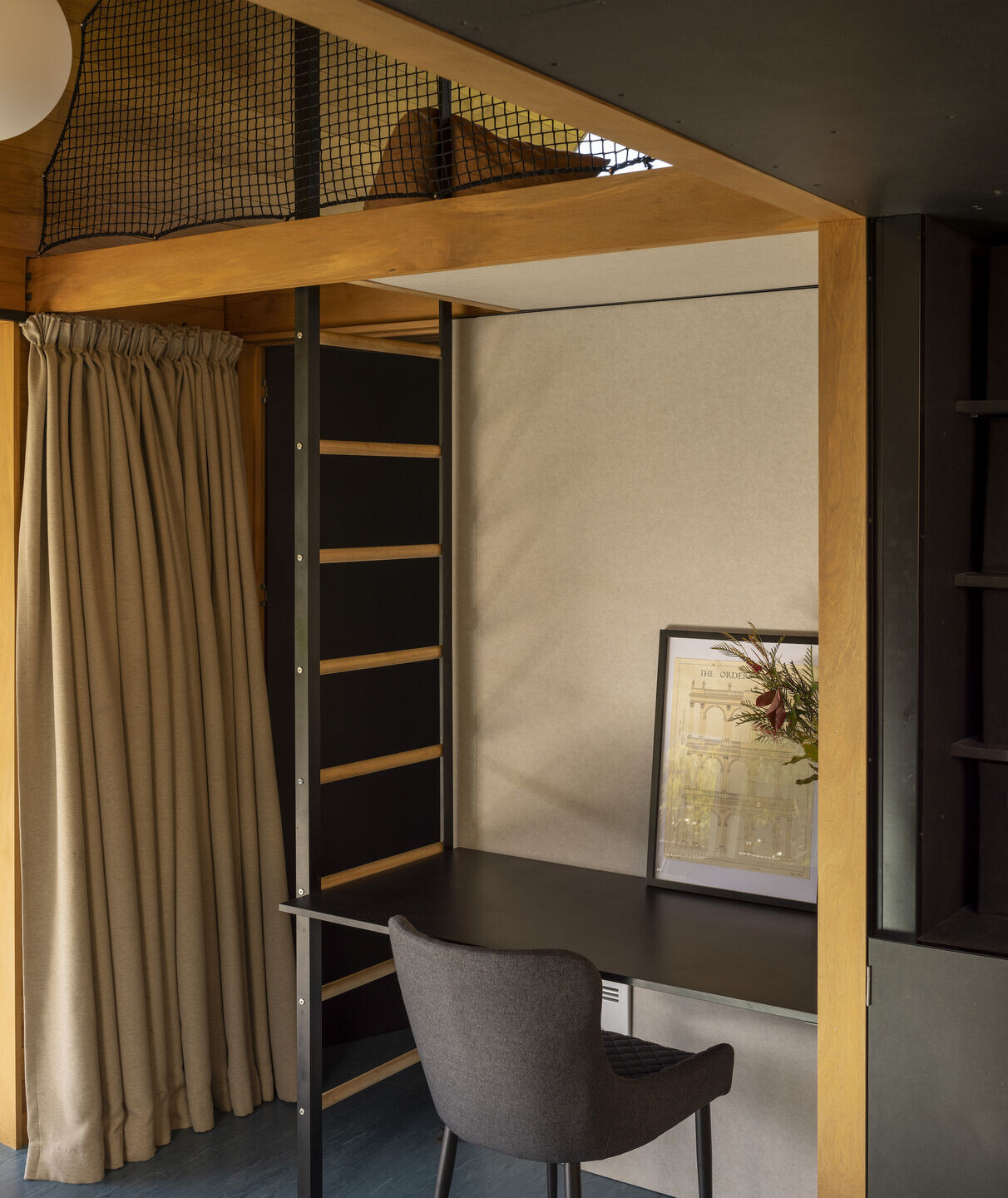
At only 42m2 the house is small, similar in nature to a studio apartment. But although small it has been designed to be fit for purpose, a comfortable home for a couple that allows for a high degree of livability without the need for compromise. If required, additional modules can be added at a later point to add bedrooms, workspaces or other areas. The house in its present form is by no means the finished entity, rather it is a manifestation of the needs of this moment in time, and is likely to grow and evolve as those needs change. This idea has emerged from a belief that architecture should not be static, that it should be malleable and adapt over time.
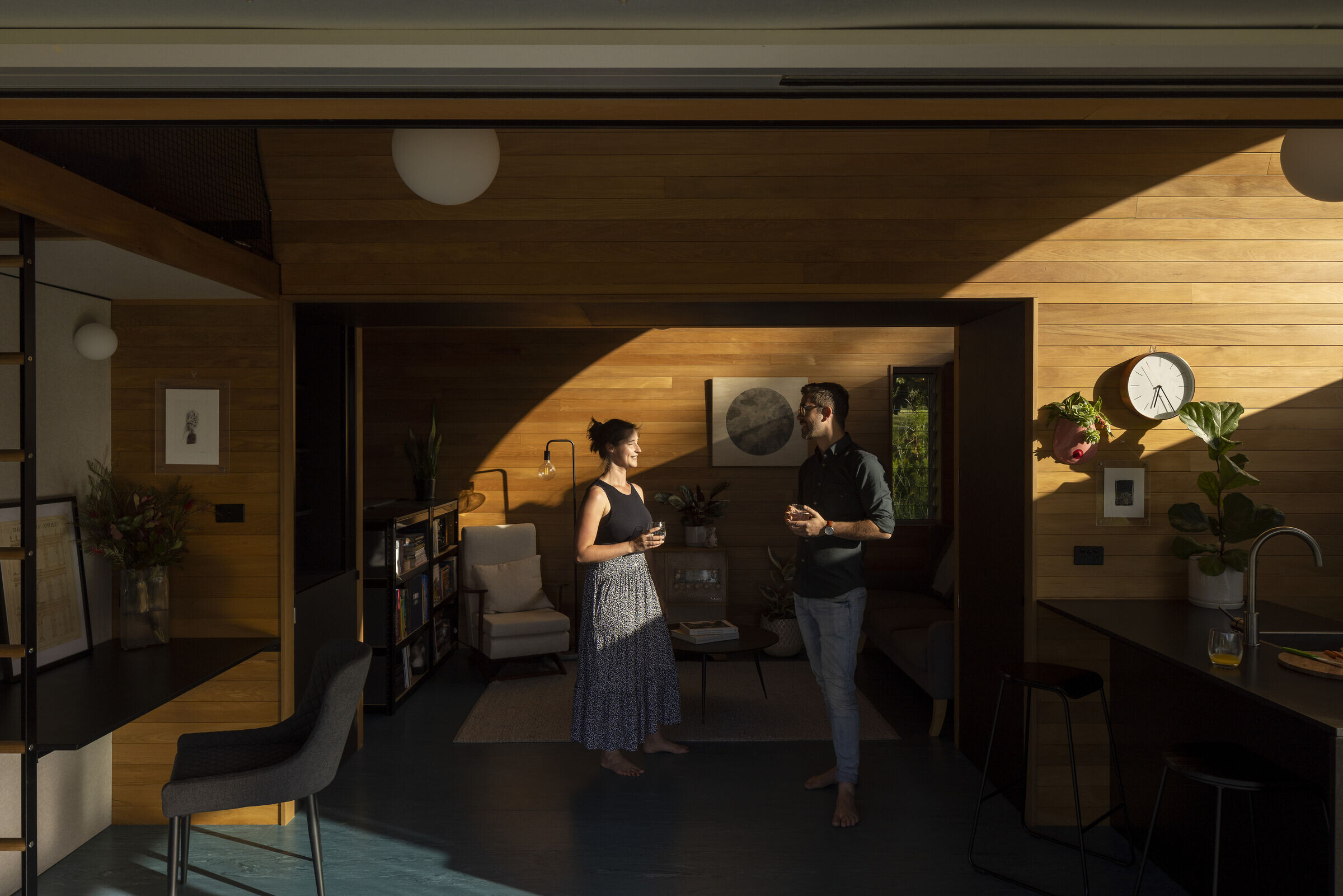
By building small we significantly reduced our resource use, both in the construction and ongoing energy requirements. Our primary goal with this design was to achieve a high degree of liveability and amenity within a small build, to demonstrate not only a more sustainable approach to building but an affordable one, a model that could be used by others to access quality design on a restricted budget. As architects we should be advocating for alternate modes of living, demonstrating that there are ways to live well without needing to build to excess.
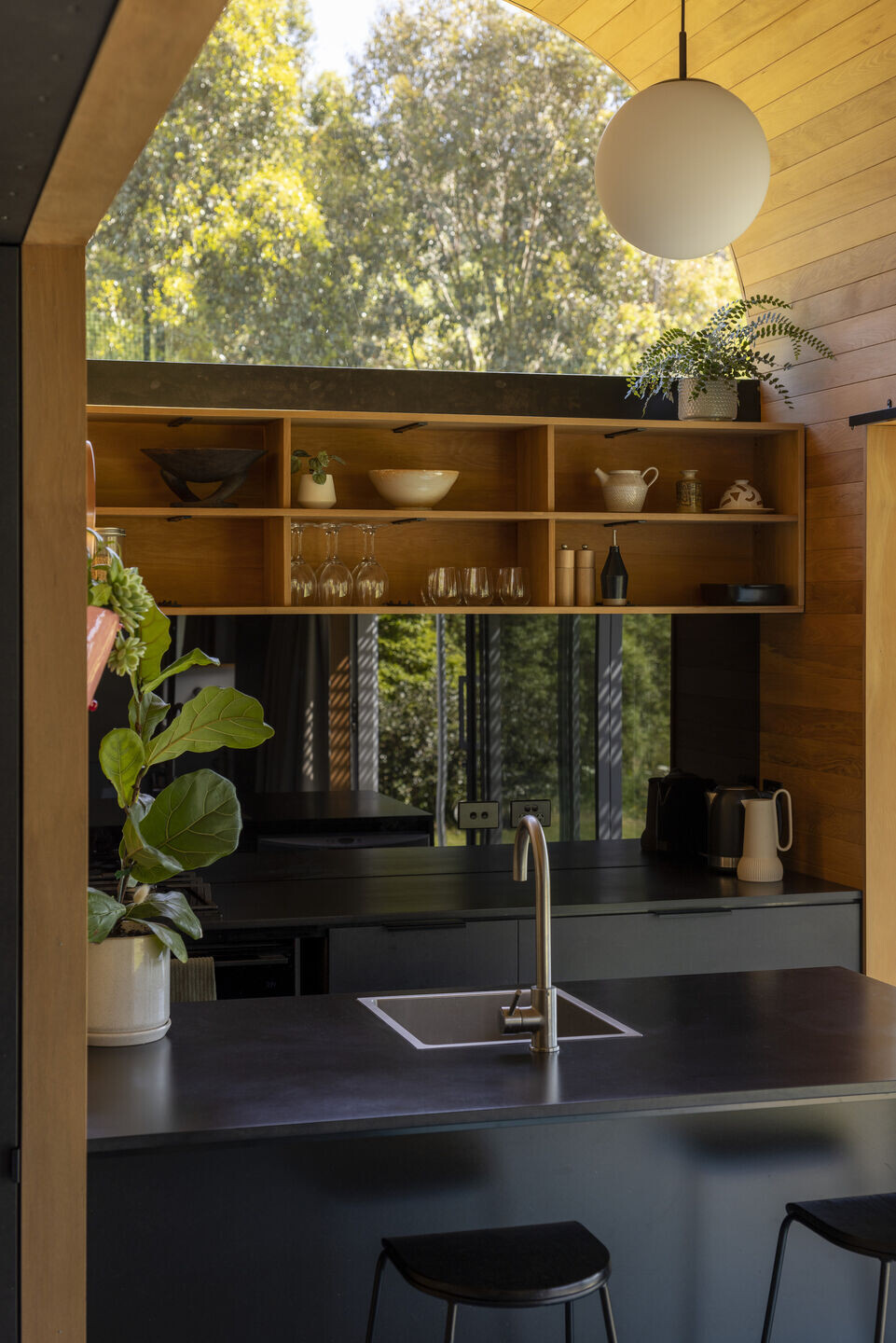
For the modules to be easily relocatable they needed to be narrow enough to fit on a trailer, which restricts the width of each room. To create a greater sense of volume, the modules are joined via an open ‘pinwheel’ plan, where each functional space within the home connects to a larger conjoined central area, resulting in a series of spaces with shared volumes. The height of each module is maximised, with the ceilings being formed as gently arching barrel vaults.

Large format curved windows at the ends of each barrel vault bring in high level light and provide an outlook towards tree canopies whilst maintaining a sense of privacy from the neighbours. The window frames are hidden within the wall cavity, creating the appearance of a void or opening at the end of each vault. A loft above the bathroom provides a secondary living space within the heart of a barrel vault, a cosy reading room with a stunning outlook.
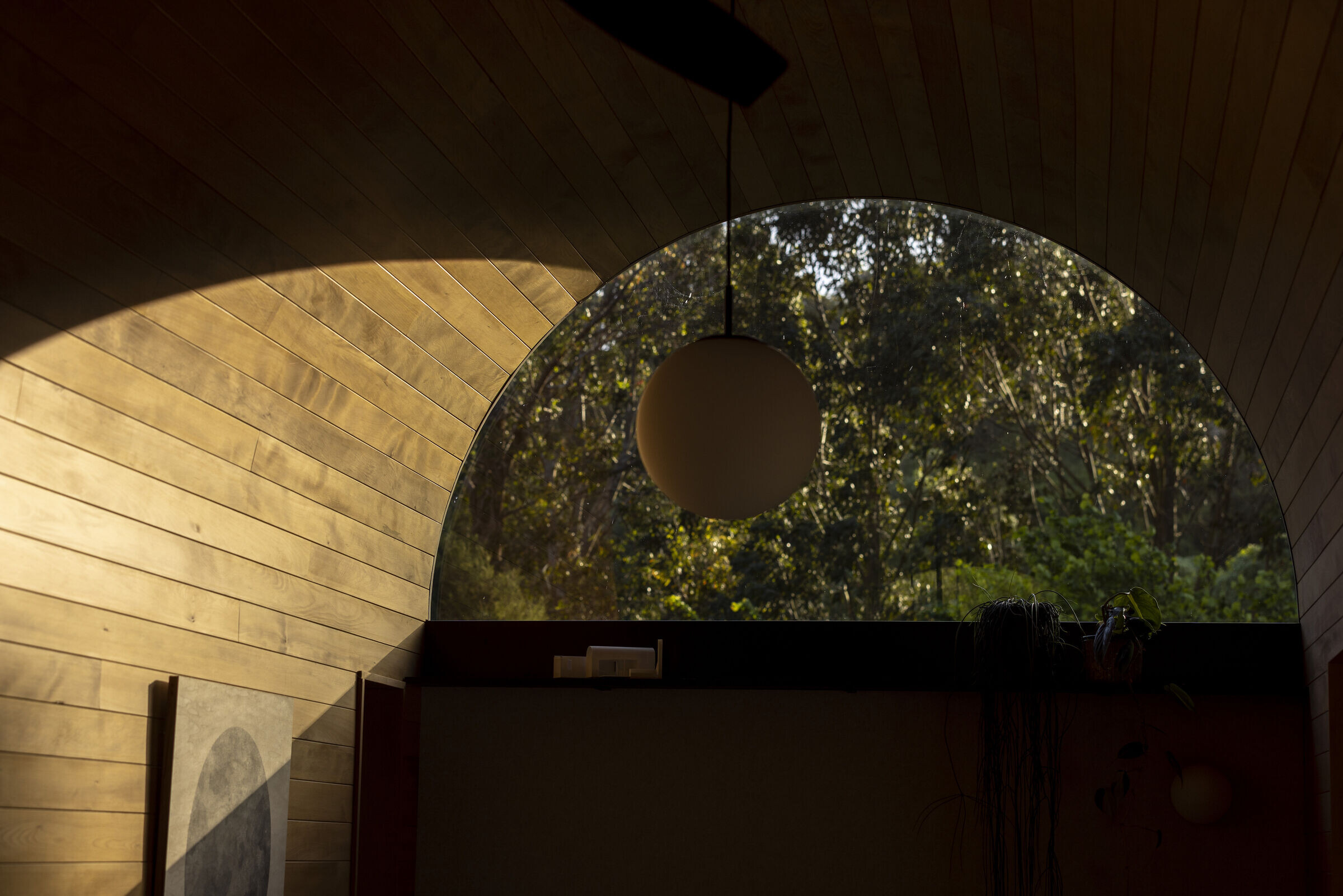
Natural materials have been used wherever possible, with rimu lining boards providing the internal skin. Black MDF sheets were used for the joinery, including the kitchen cabinetry. No paint was used within the project. Like many small spaces, the relationship with the outside is of primary importance. The house is designed to spill out onto the deck through large format sliding doors, creating an extension of the living area. The deck has proved versatile, acting as a stage to host concerts, movie nights and performances by shakespearean troupes. An industrial fibreglass grate, suspended on a simple steel frame, creates a canopy over the deck, providing a soft dappled light.
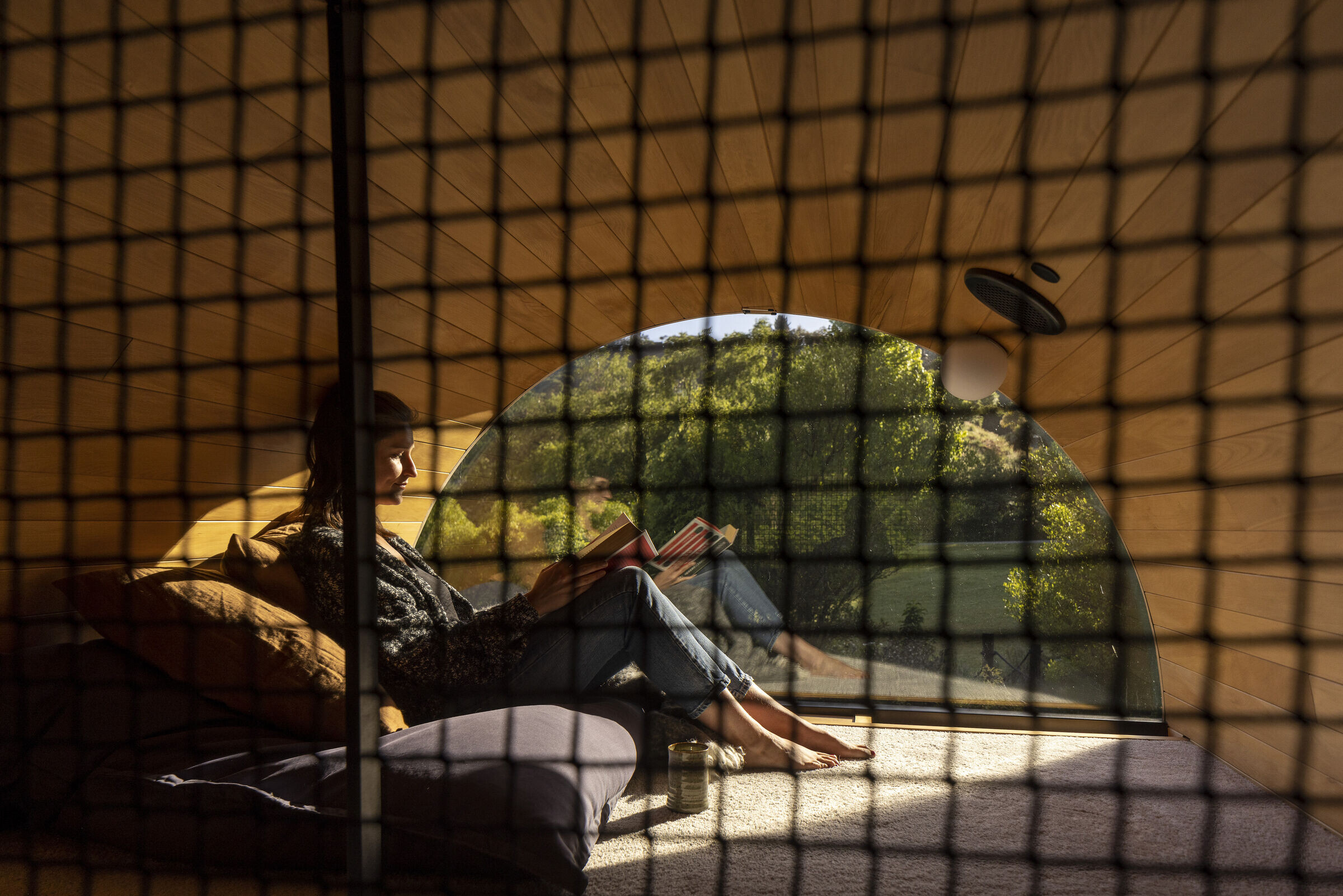
Despite not being builders, we undertook the construction work ourselves in an attempt to both bring down the construction costs and to gain first hand construction experience, lessons which have gone on to inform the work produced by our architectural practice.
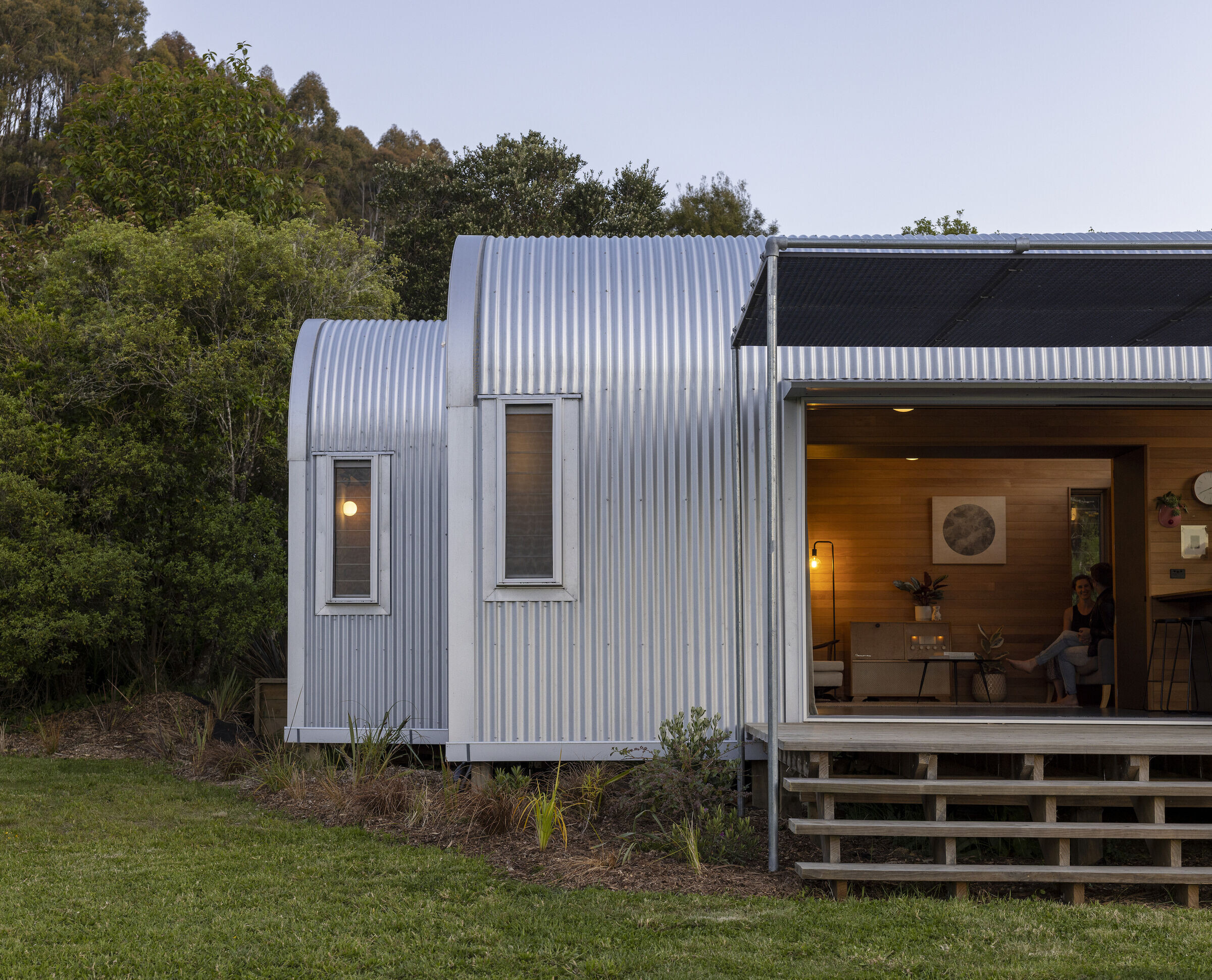
Though small, the Studio House attempts to tackle some big ideas. As an exploration of an affordable path to home ownership, a more sustainable approach to building and a testament to the liveability of smaller spaces, the house serves as a model for an alternate mode of living and as a radical departure in how we think about ‘home.’
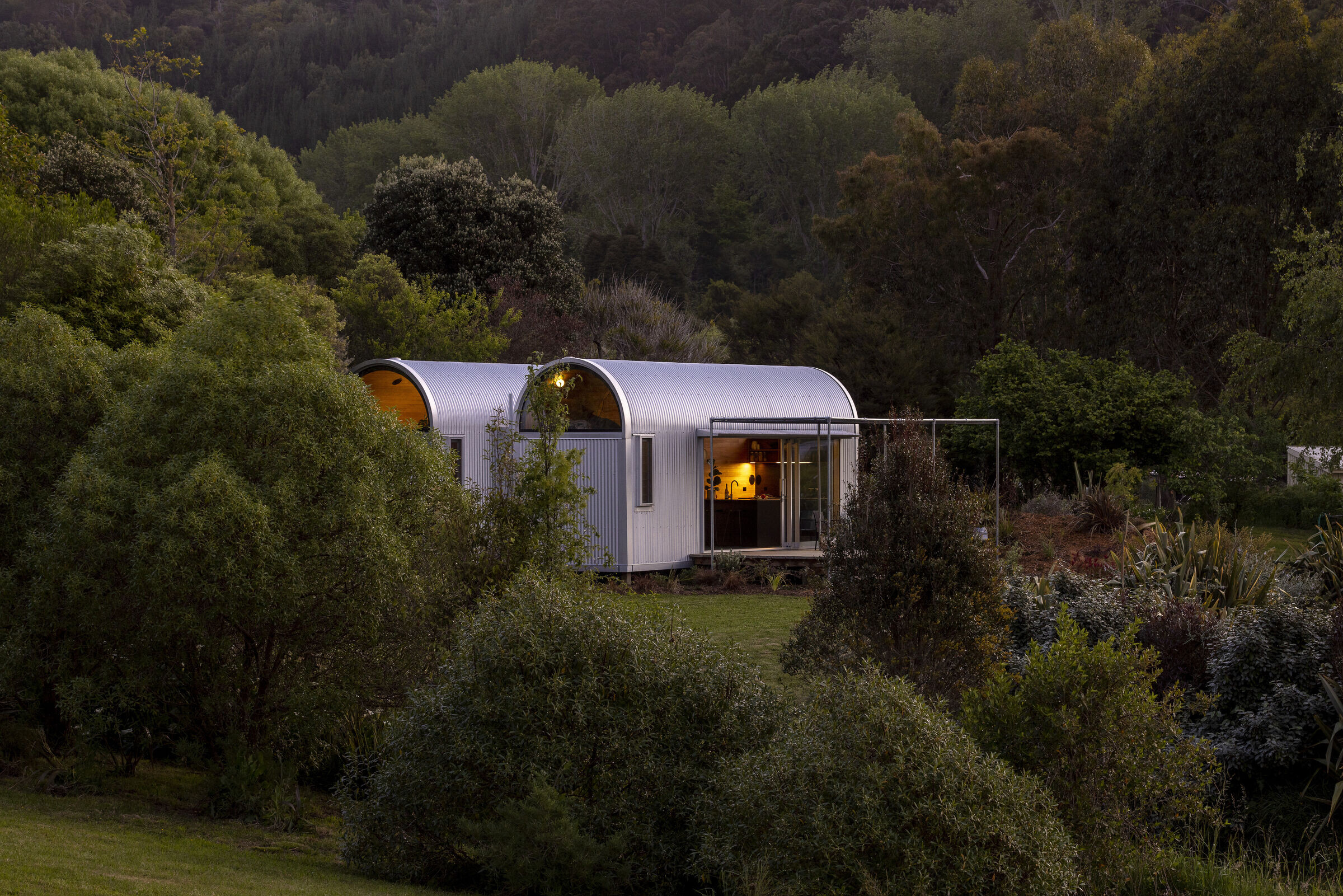
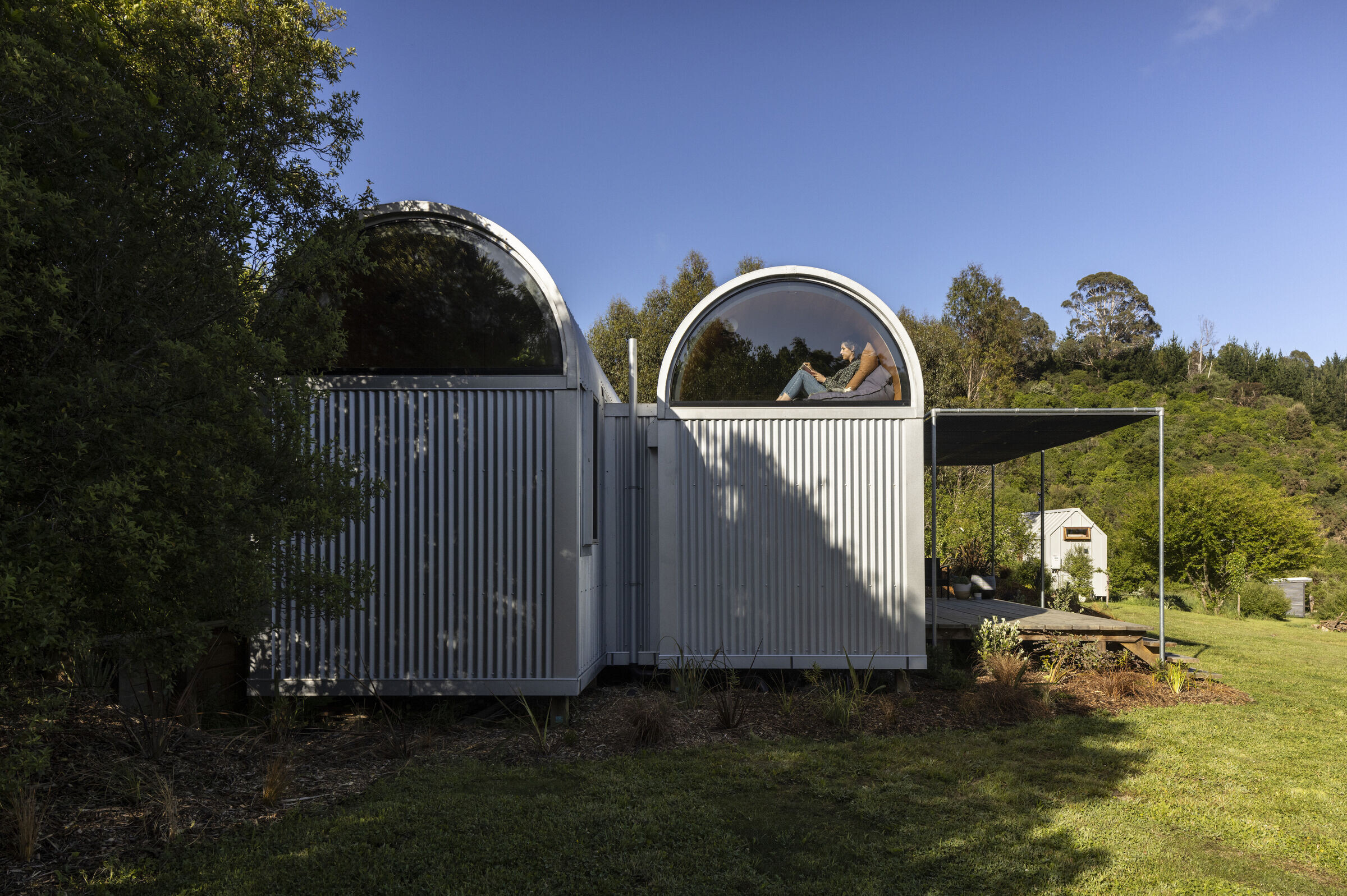
Team:
Architects: William Samuels
Builders: William Samuels & Hannah D’Arcy
Structural Engineer: Gary Hodder
Photographer: Simon Devitt
